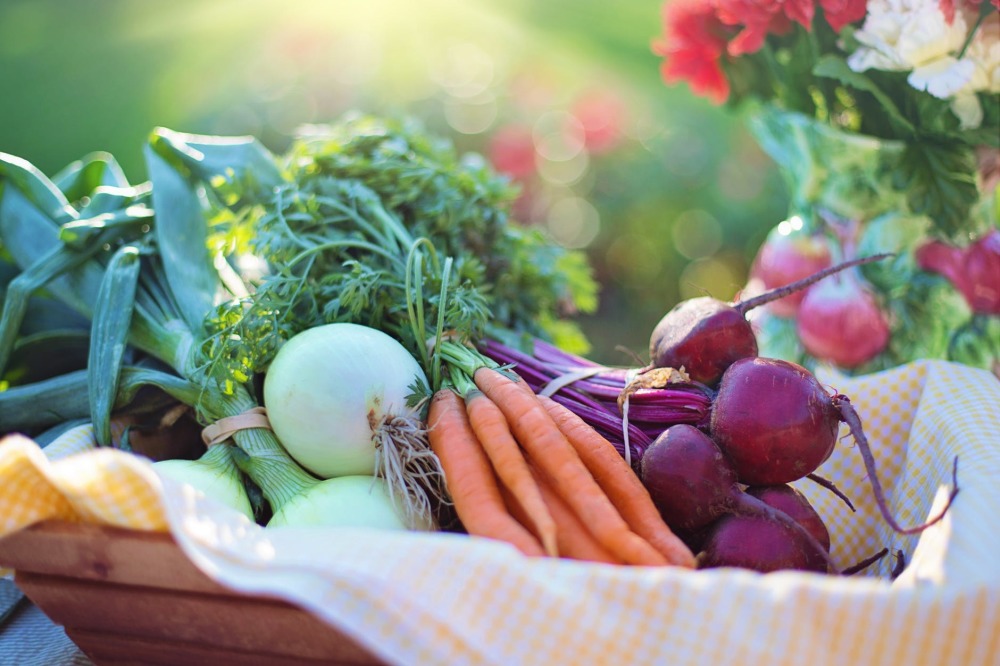Blockchain is a digital distribution ledger that allows data to be shared simultaneously. Because there is no centralised force, existing data can’t be deleted, only added, which means that the history remains permanent. Think Google Docs, where multiple users can access a document and make changes, except in this case the adjustment history remains permanent. But why is blockchain – infamous as the building block of cryptocurrency and Bitcoin – so lauded in the world of food?
Find out the answer at our upcoming Food’s Future Summit 2018. The Blockchain in our Food Chain panel will feature demonstrations and insight from innovators, social entrepreneurs, gourmands and even a nanotechnology professor to explain why our food-supply chain is going to receive a massive makeover in the coming years.
Switching up the food chain

Food distribution is the unspoken essential part of our daily diets. It’s the process in which producers send goods to suppliers, who then distribute the items to smaller-scale vendors such as markets, restaurants and the general public. Despite being a vital process, food distribution can be complicated and even rather shady. Remember the tainted Chinese baby formula scandal? Or the recent European egg recall? These are the by-products of industry malpractice, mislabelling and unhygienic conditions.
Implementing blockchain technology in food distribution, however, would improve the rigour of quality checks. Because the databases are readily available and permanent, it would be easier to track a product’s journey from its place of origin, to the supplier, to the final consumer. Eliminating paper trails, which remains the most common method, bypasses human error, language barriers and material waste to create a uniform system that can lead to faster production shipments. Furthermore, quality controllers and authorities can reliably ensure that there have not been any falsifications along the chain. And, as most consumers would agree, transparency in the food chain is a necessity.
Sustainability, transparency and the bigger picture

Nowadays, wellness is all the rage, but how do you know whether that head of butter lettuce is really from an organic farm in New Zealand? Counterfeit goods are a persistent problem in the F&B world, but blockchain technology can improve authenticity and verifiability by providing the assurance that products are really what they claim to be.
Start-ups and NGOs can also use blockchain transparency to promote sustainability. For example, UK-based Provenance is trying to promote seafood sustainability by helping fishermen to register their daily catches, which will help to verify whether species are being overfished.
Food safety, zero waste and sustainability are just a few of the food challenges that may be mitigated by blockchain technology, and here at the Food’s Future Summit, we’re invested in spreading the knowledge to all corners. Our panel moderator, Susan Evans, founder of Melee Limited, initiated Hong Kong’s first food hackathon, which invited students and professionals from the arts, science, tech and business fields to envision circular and sustainable food start-ups. Seeing how successful that event was, we can guarantee the amazing information in store at the Food’s Future Summit!











